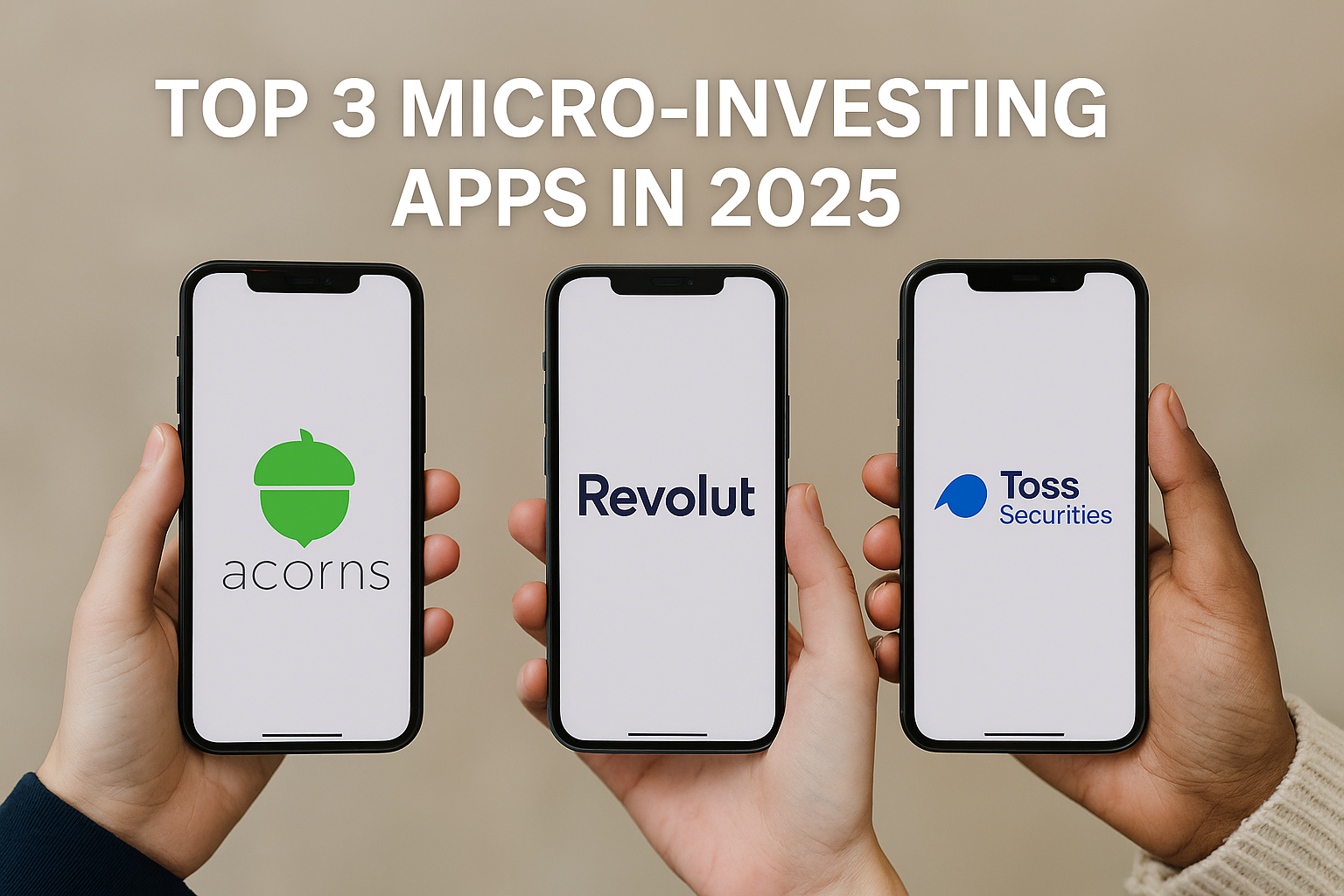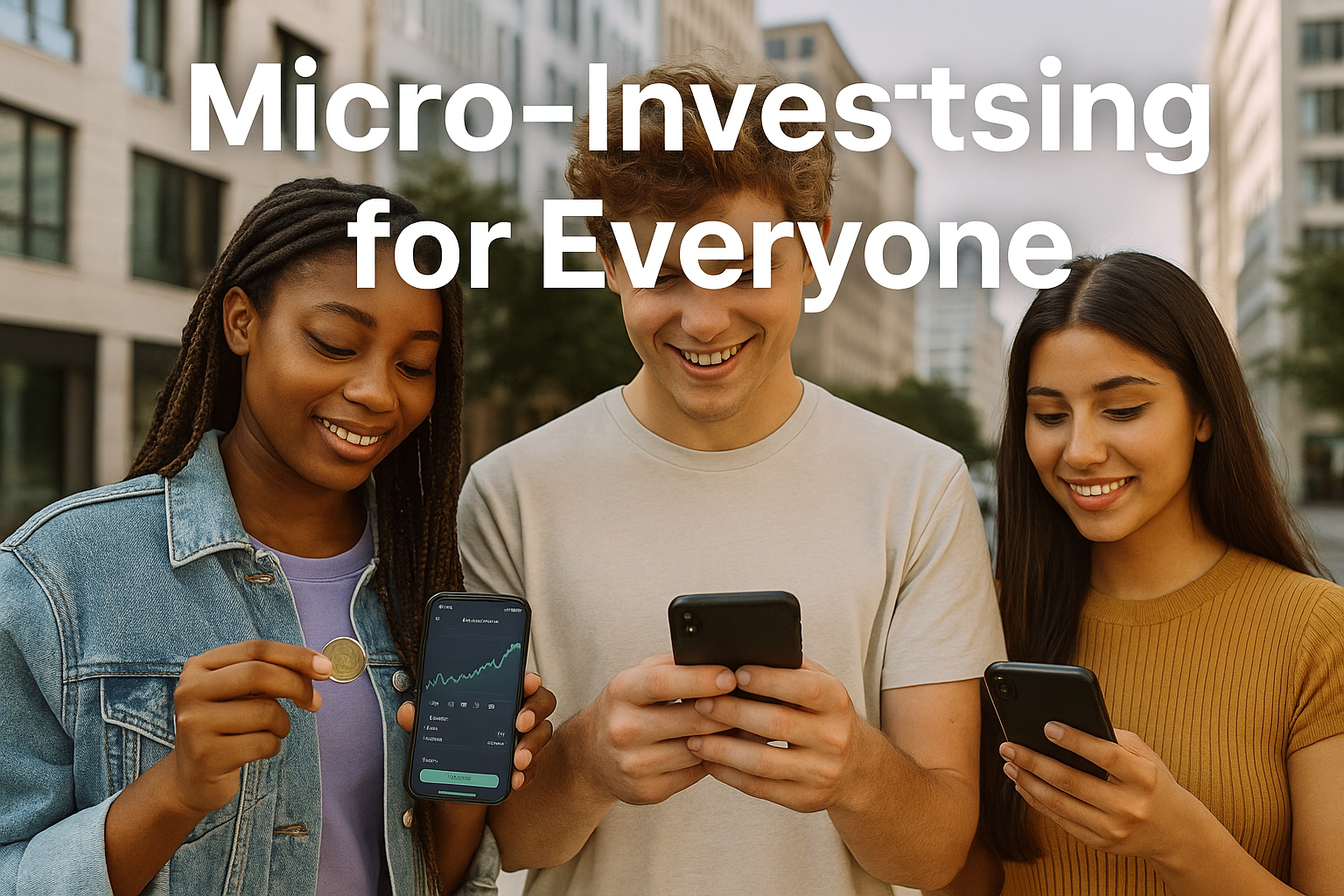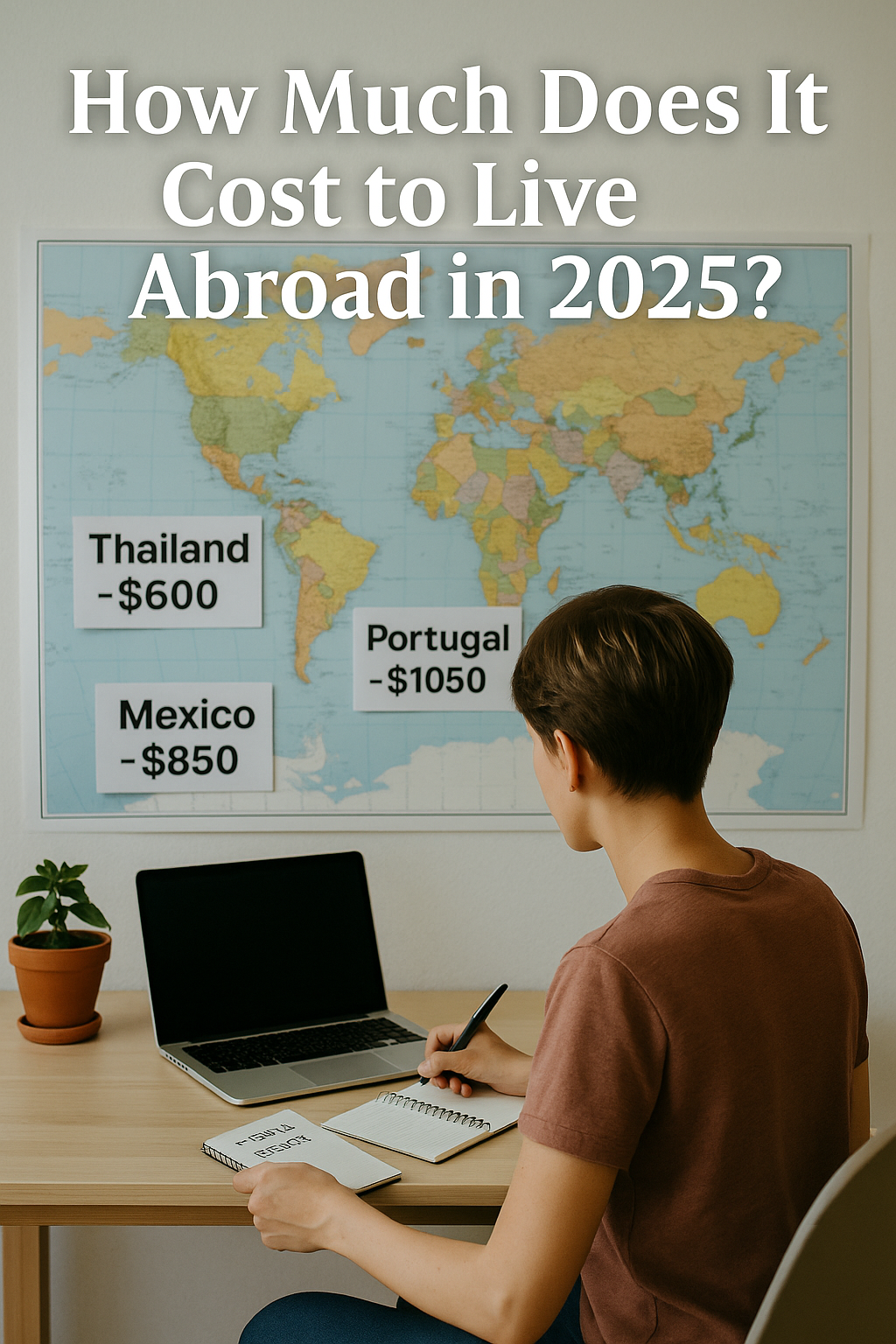Introduction – Why Rich People Treat Saving Differently
You don’t need $10,000 to think like the rich.
All you need is $100 — and the right system.
Most people see “saving” as boring or slow.
But rich people don’t. They use savings accounts not just for safety, but as tools to grow, hold, and direct money with purpose.
And one tool they love? The High-Yield Savings Account.
Let’s break it down. Step by step. No fluff. Just real strategy.
What’s a HYSA? (High-Yield Savings Account, Simplified)
A HYSA is like a regular savings account — but smarter.
A typical savings account pays you 0.01% interest. That’s pennies.
A HYSA pays 4% or more per year. That’s 400x more.
But here’s the real deal:
A HYSA isn’t for getting rich.
It’s for training your money to stay awake.
It’s safe. It’s online. It gives you interest every month.
You can access your money anytime — no fees, no lockups.
In short:
- Open online in minutes
- No monthly fees
- Government-insured (FDIC/NCUA or local equivalent)
- Money grows automatically
The Rich Don’t Just “Save” — They Use Savings
Most people open one account and forget it.
But the rich? They build systems:
- Multiple HYSAs for different goals (travel, taxes, future investment)
- Automatic transfers in/out
- Monthly interest check-ins
- Clear labeling (like “Growth Reserve” or “Emergency Flow”)
It’s not about how much money you have.
It’s about how you control the movement of money.
Think of a HYSA like a smart parking lot.
Your money waits there — earning, not sleeping.
Start With $100: The “Seed Account” Method
Still think you need thousands? Try this:
Step 1: Choose a HYSA platform
Top global-friendly options:
- SoFi (US)
- Marcus by Goldman Sachs (US/UK)
- Revolut (EU/Asia/US)
- Monzo (UK)
- Wise (global, multi-currency)
Look for:
- 4%+ APY
- No minimum balance
- Free transfers and apps
Step 2: Name your account with purpose
Call it: “Seed Fund” or “My Smart Cash.”
This isn’t random money. It’s your wealth starter.
Step 3: Automate $10/week
Even small amounts trigger habit formation.
Every Friday, move $10. Set it and forget it.
Real Math: How Much Can $100 Grow?
Let’s be real. $100 won’t make you rich.
But it will change your mindset.
With 4.5% APY, compounded monthly:
- $100 in 1 year = $104.58
- $100 + $10/week for 1 year = $631.66
But here’s the secret:
That $31.66 is free money.
You did nothing. It just showed up.
And that’s power.
Now imagine doing this for 5 years.
Or with $1,000. Or with business cash.
That’s what the rich do.
Bonus Strategy: The “Interest-Flow” Tactic
This is how wealthy people activate their savings:
- Let HYSA interest compound for 3 months
- Every quarter, move the interest into a separate account
- Use that new “interest pot” for risk-tolerant play:
- ETFs
- Bond ladders
- Fractional shares
- Micro-business tests
Why separate it?
Because:
- It’s money you didn’t work for
- You can afford to experiment
- It builds wealth muscle without touching your core cash
Best Global HYSA Options in 2025 (Updated)
| Platform | APY | Region | Notes |
|---|---|---|---|
| SoFi | ~4.6% | US | Great app, $0 minimum |
| Marcus | ~4.4% | US, UK | Trusted, clean interface |
| Revolut | ~3.9% | US, EU, Asia | Fast transfers, mobile-based |
| Monzo | ~3.7% | UK | Easy setup, smart saving pots |
| Wise | ~4.2% | Global | Multi-currency, good UX |
Always double-check rates — they change.
Monthly Routine: Your New Smart Habit
Here’s what rich people actually do every month:
Week 1: Fund the HYSA with $50–100
Week 2: Label goals (ex: “House fund,” “Travel stash”)
Week 3: Log in and watch your money grow
Week 4: Reinvest the interest or shift it to your Growth Fund
Repeat.
This rhythm builds financial discipline, even if you’re broke.
Final Takeaway
A HYSA won’t make you rich.
But it will make your money smarter.
It’s the quiet foundation of every strong financial system.
And the best part?
You can start with just $100. Right now. From anywhere in the world.
No excuses. No more “someday.”
Let your money grow — the smart, rich way.









